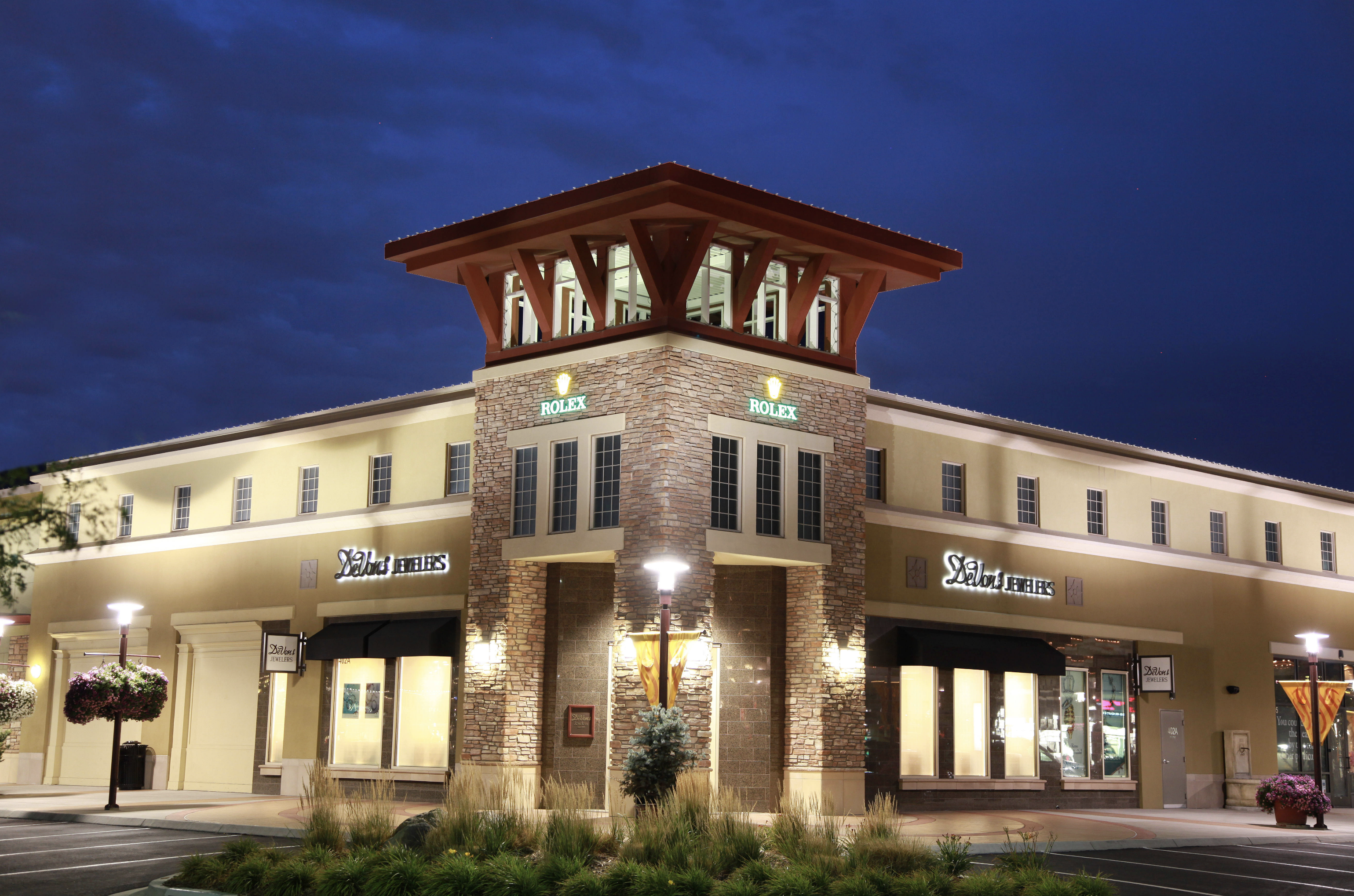In a case of just plain bad timing, Bayer Properties opened The Summit Reno–Lake Tahoe retail center in 2007 — just as the recession was coming on.
Unemployment in the area shot up to nearly 17 percent; some 40 percent of the homes there fell into foreclosure; and merchants had to fight to stay afloat, even there at the stylish Summit, home to Apple Store, Williams-Sonoma and several high-fashion tenants.
It took nearly a decade for Reno to rebound. But rebound it has, and in a grand way. Last year the market led the country in job growth, according to the Milken Institute. This region of some 500,000 inhabitants gained nearly 40,000 jobs over the past three years, and it is anticipated that there will be roughly 50,000 additional jobs by 2022.
Such companies as Apple, Google, Panasonic and Tesla are spearheading Reno’s tech boom (Tesla even owns and operates the 3,000-worker Gigafactory, near Reno). In 2018 alone, nearly 30 companies expanded in the area or moved in, including 15 headquarters relocations. Annual retail spending has hit $1 billion in the region, and the median house value has risen to $400,000.
Retail centers are in catch-up mode. The master-planned Village at Rancharrah, now under development in Reno by Tolles Development Co., will add on about 60,000 square feet of boutique retail to the market when it opens in 2020. Work on the 46-acre, master-planned Park Lane development, meanwhile, which will comprise about 50,000 square feet of retail, a 160-room hotel, a food hall, a farmers market and about 1,700 homes, is ongoing at the site of the razed Park Lane Mall.

The Summit Reno–Lake Tahoe
The 150,000-square-foot Shoppers Square, in the city’s midtown, has been rebranded as Reno Public Market. The upgraded center will boast a food hall, a 9,000-square-foot FiftyFifty Brewing Co., an organic-foods grocer and about a dozen other food-and-beverage options, according to the owning Casazza family. And a 48,000-square-foot retail complex at the corner of Double R Boulevard and Damonte Ranch Parkway is in the permit phase.
Summit Reno itself is experiencing something of a retail renaissance, through some 40,000 square feet of shop leases signed over the past year, according to Bayer leasing manager Jaclyn Palmeri. Retail sales have risen by about 85 percent on average at the center, where a luxury apartment complex is going up and a Hyatt Place is slated to open next year.
Several national tenants were thinking about leaving Summit Reno last year, until Bayer executives explained the area’s turnaround and encouraged them to revisit the region and see for themselves, says Libby Lassiter, Bayer’s executive vice president of leasing and development. “They had been basing their decisions on spreadsheets,” Lassiter said. “They were glad they stayed.”
Among the city’s growing list of pluses: an aggressive business-recruitment climate; tuition incentives for residents; proximity to a migration of tax-oppressed Californians; and an abundance of ski resorts and other leisure spots, Lassiter says. Currently, about 75 percent of Reno home seekers are from California, according to Redfin. Moreover, there are roughly 20 casinos in the Reno area, generating some $600 million in annual revenue in the aggregate.
“RED Development’s Outlets at Legends has brought in about a dozen new tenants over the past 18 months”
The fourth quarter of 2018 marked the 16th consecutive quarter of positive retail absorption for the Reno-Sparks market, according to CBRE. Retail vacancies continue to ease, dropping to 7.4 percent, from 8 percent in the year-ago quarter. The area absorbed about 222,200 square feet of retail space in the fourth quarter of 2018 alone, notes CBRE. The average retail triple-net lease rate, meanwhile, increased slightly, to $1.45 per square foot.
In the more-value-oriented Sparks area, north of Reno, a 40,000-square-foot Marshalls-HomeGoods combination store opened last summer, as did the city’s very first Sprouts Farmers Market. RED Development’s Outlets at Legends has brought in about a dozen new tenants over the past 18 months, including a 57,000-square-foot Burlington and a Hampton Inn & Suites, and a second hospitality property is set to come. A 70,000-square-foot Legends Bay Casino is under construction there too.
Sacramento, Calif.–based Raley’s Supermarkets purchased a half dozen Reno-area stores in 2018 from the downsizing Scolari’s Food & Drug, giving Raley’s nearly 20 grocery stores in total here, mainly in the Reno area. Three tenants have replaced a closed Sears at Reno’s Meadowood Mall, including entertainment concept Round 1, which takes up about half the space all by itself. And though Reno-area eateries are mostly independents or small regional chains, Blaze Pizza, Chick-fil-A, Wayback Burgers and other nationals are arriving in force.
“We always knew our location in Reno was superior,” said Lassiter. “It’s just that the city’s time is now.”
By Steve McLinden
Contributor, Commerce + Communities Today


